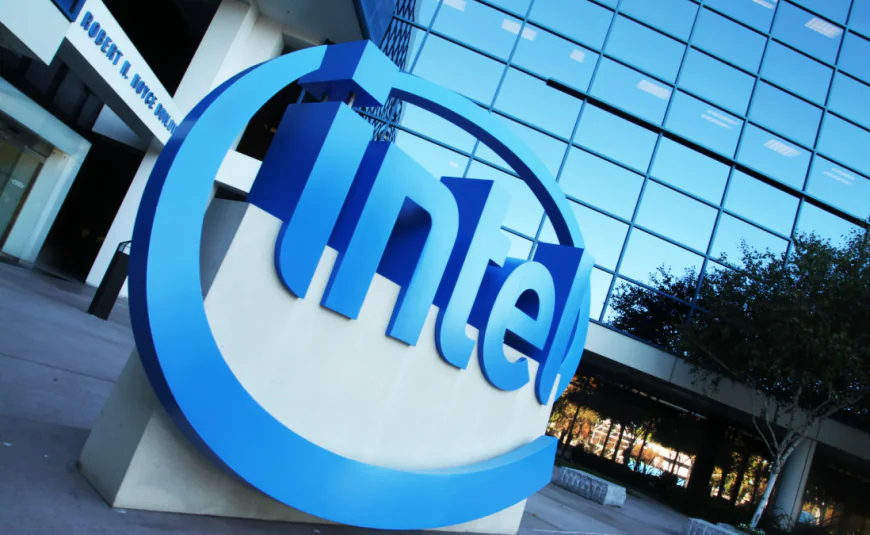Intel confirms over 5,000 layoffs in U.S., joins tech sector’s mid‑year wave
Intel, the biggest chip company in the U.S., said it will lay off more than 5,000 workers across the country this month. This will be one of the biggest job cuts in the tech industry in July 2025.

Intel, the biggest chip company in the U.S., said it will lay off more than 5,000 workers across the country this month. This will be one of the biggest job cuts in the tech industry in July 2025. New Worker Adjustment and Retraining Notification (WARN) papers confirm the number of job cuts. They show that jobs are being lost in California, Oregon, Texas, Arizona, and even at its campus in Kiryat Gat, Israel.
Separated by place and division
-
California (Folsom and Santa Clara):
-
About 1,935 parts were cut. People were let go on July 11 in Folsom and on July 15 in Santa Clara.
-
About 2,392 employees in Oregon (Hillsboro) will be impacted.
-
About 696 jobs were lost in Arizona (Chandler).
-
Other places: More people have been laid off in Texas and hundreds of people in Israel.
A bigger picture and a change in strategy
This round has confirmed more than 5,500 job cuts, which is more than the original estimate of 4,000 cuts. This is Intel's third big round of layoffs in less than a year. Intel's chip-founding business, which makes semiconductors, said earlier this summer that it was going to cut its global factory workforce by 15–20%, which could affect over 10,000 workers around the world.
Intel CEO Lip-Bu Tan is in charge of a large-scale restructuring plan that aims to make the company leaner and more efficient by reducing the number of departments and layers of management. This will free up resources to spend on AI and next-generation chips. Reports say that the company will not be giving severance or early retirement buyouts this time. Instead, decisions about layoffs will be based on performance reviews and strategic alignment.
Effects on the whole tech business
Intel's changes come at a time when many companies are letting go of workers across the technology industry. In July alone, Microsoft cut about 9,000 jobs, ByteDance cut 65 e-commerce jobs, Indeed/Glassdoor cut 1,300 HR jobs, Lenovo cut 3% of its U.S. staff, and Scale AI cut 14%. This brings the total number of tech jobs cut around the middle of the year to over 80,000 around the world.
These actions are part of a larger trend: tech giants are shifting money away from standard labor costs and toward AI, automation, and cloud infrastructure. This means that business models and operations are changing in a strategic way.
Effects and future
People at Intel who will be touched by the cuts will mostly be in the engineering, manufacturing, and services departments. As the company changes its hiring strategy, it may not lay off people who work in high-growth areas like chip design for AI.
Analysts think that while the semiconductor industry goes through this hard change, Intel's reorganized team might become more competitive, especially if their new investments in AI-driven innovation pay off.
Still, the human cost is high
Thousands of families have to deal with sudden layoffs and a job market that isn't sure what will happen next. People expect support systems like retraining programs under the WARN Act, but Intel hasn't said much in public about better transition deals or support that goes beyond regulatory compliance.
On the whole, Intel plans to let go of more than 5,000 U.S. workers in July 2025. This choice is part of a larger global cut that affects areas with a lot of factories and Israel. It shows how aggressively CEO Lip-Bu Tan is reshaping the company. When put together with larger industry trends, like how tech companies are shifting their focus to AI, this round of layoffs could have a big effect on Intel's organizational structure and long-term goals.


















































